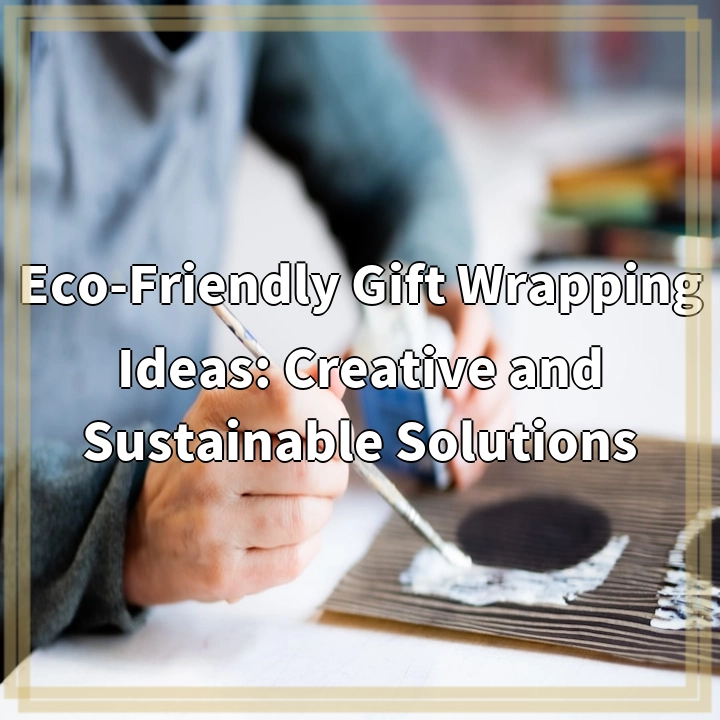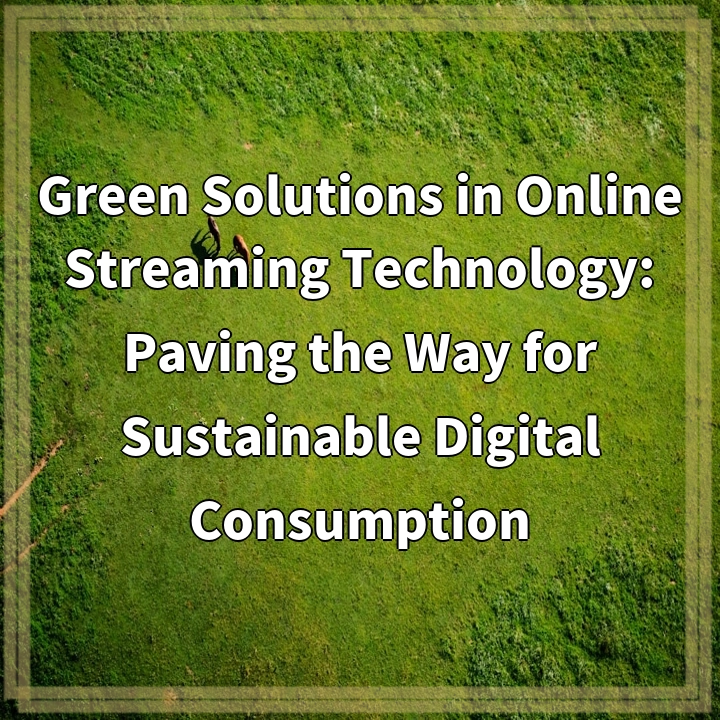
What it is:
Eco-friendly gift wrapping refers to the practice of using sustainable and environmentally friendly materials and methods to wrap gifts. This approach focuses on reducing waste, minimizing environmental impact, and promoting the use of renewable resources. Traditional gift wrapping often involves single-use materials like glossy wrapping paper, plastic ribbons, and synthetic tape, which contribute to landfill waste and pollution. In contrast, eco-friendly gift wrapping encourages the use of materials such as recycled paper, fabric, newspapers, and even natural elements like leaves or twine.
Real-world problems
The growing environmental concerns associated with traditional gift wrapping practices are significant. Each holiday season, millions of tons of wrapping paper end up in landfills, often coated with non-recyclable materials like glitter or plastic lamination. This contributes to a broader issue of excessive waste and environmental degradation. Additionally, many gift wraps are designed for single use, leading to a culture of disposability that exacerbates resource depletion and pollution.
Deforestation and Resource Depletion
Many conventional gift-wrapping materials are sourced from virgin trees, contributing to deforestation and loss of biodiversity. The paper industry is a significant driver of deforestation, which not only affects wildlife habitats but also contributes to climate change by reducing the planet’s capacity to absorb carbon dioxide.
Pollution and Carbon Footprint
In addition to waste, the production processes for traditional wrapping materials often involve harmful chemicals and significant energy consumption. The carbon footprint associated with manufacturing, transporting, and disposing of these materials contributes to global warming and environmental pollution. Eco-friendly alternatives, such as recycled or upcycled materials, help mitigate these issues by reducing energy consumption and harmful emissions.
Consumer Awareness and Education
Another challenge in promoting eco-friendly gift wrapping is the lack of awareness among consumers. Many individuals are unaware of the environmental impacts of their choices and may prioritize aesthetics over sustainability. Educating consumers about the benefits of eco-friendly options can empower them to make more environmentally conscious decisions while gifting.
Accessibility and Cost
While eco-friendly materials are increasingly available, they are not always as accessible or affordable as conventional options. For some consumers, the time and resources required to source sustainable wrapping materials may seem like an additional burden, discouraging them from making the switch. Addressing these barriers is essential for promoting wider adoption of eco-friendly practices.

Solutions for Eco-Friendly Gift Wrapping
To combat the environmental issues associated with traditional gift wrapping, several solutions can be implemented. These solutions focus on sustainable practices, consumer education, and the adoption of eco-friendly materials, encouraging a shift toward a more responsible gift-wrapping culture.
Utilizing Sustainable Materials
One of the most effective solutions is to adopt sustainable wrapping materials. This includes using recycled paper, fabric remnants, biodegradable materials, or upcycled items like newspapers and magazines. Such materials are not only environmentally friendly but often add a unique and personal touch to gifts.
Promoting Reusable Wrapping Techniques
Encouraging the use of reusable wrapping methods, such as fabric wraps (like Furoshiki), gift bags, or decorated boxes that can be reused year after year, can significantly reduce waste. These methods not only minimize the environmental impact but can also provide a charming, creative presentation.
Education and Awareness Campaigns
Raising awareness about the environmental impacts of traditional gift wrapping is crucial. Campaigns aimed at educating consumers about the benefits of eco-friendly options can inspire individuals to make more sustainable choices. Workshops, online resources, and social media campaigns can play a pivotal role in spreading this knowledge.
Incorporating Natural Elements
Using natural elements like leaves, twigs, or flowers as decorative accents can enhance the aesthetic appeal of gifts while being environmentally friendly. These items can often be sourced locally and are biodegradable, making them an excellent choice for eco-conscious gift wrapping.
Accessibility and Affordability Initiatives
To encourage broader adoption of eco-friendly gift wrapping, it is essential to improve the accessibility and affordability of sustainable materials. This can be achieved by supporting local businesses that provide eco-friendly wrapping options, creating community exchanges for materials, or promoting DIY solutions that utilize household items.















